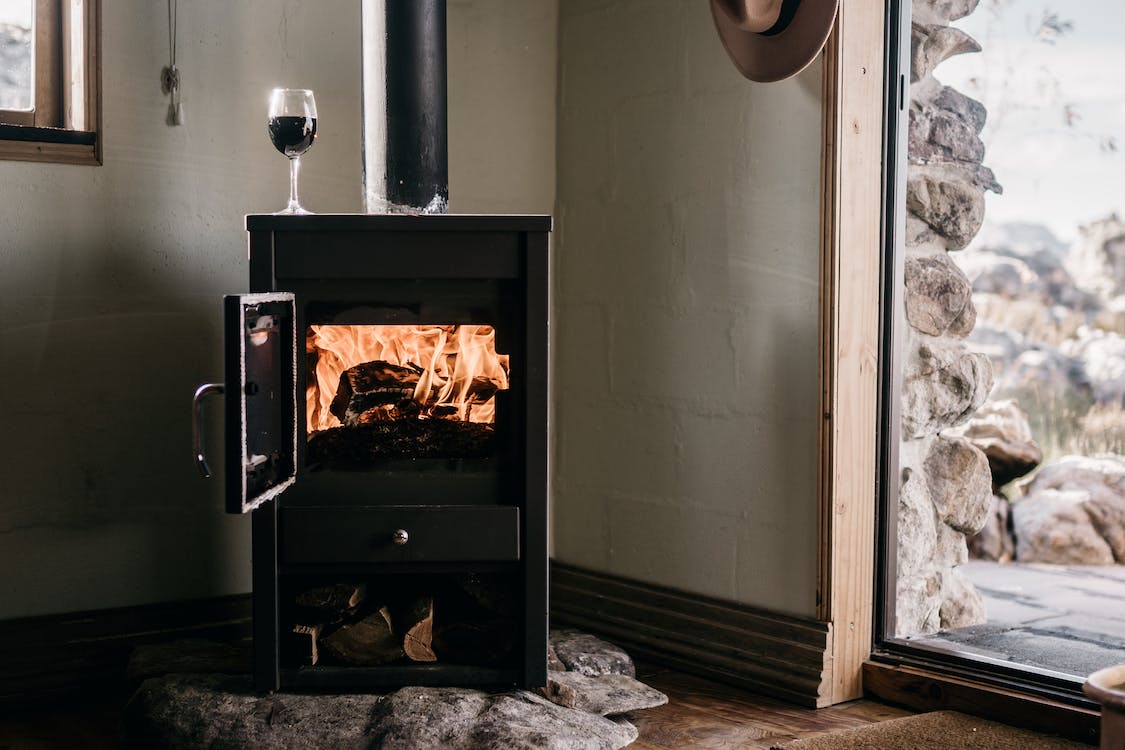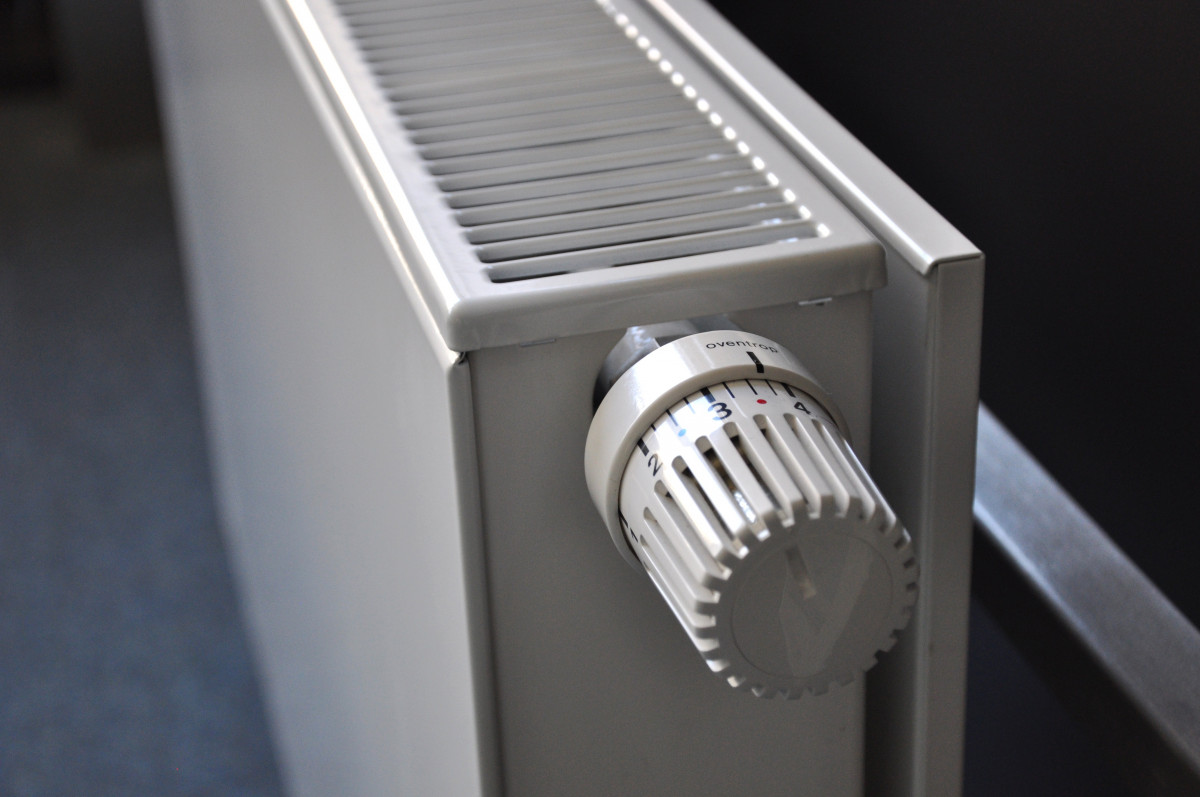Types of Heaters for Houses
After the structural work, the finishing touches are added to the construction of a house: insulation, exterior cladding, interior partitions, interior woodwork, stairs, electricity, plumbing, heating, and air conditioning.
Heating is one of the essential items in the house, and several possibilities are available to builders, classic or ecological.
Heating with gas, oil, or wood requires the installation of a boiler, which must be provided for in the plans. Similarly, heating requires radiators, which must be planned early in the project.
Electric heating
Electricity is the most frequently used energy system. The advantage lies in the simplicity of installation, the relative constancy of rates, the diversity of prices of radiators, and the comfort of use.
Some labels offer several equipment options (wall heaters, heaters integrated into the building, or a cooling system as a complement). This solution must be accompanied by reinforced insulation.
However, the cost of this heating is one of the highest: $14.15 for 100 kW/h, compared to $4.44 for natural gas.
Gas heating
Gas heating is the least expensive solution. The heat is gentle, even, and easy to control. In addition, gas does not require storage, unlike fuel oil.
Propane is an alternative if the house cannot be supplied with town gas. But this energy requires a tank generally offered for rent by the major distributors.
Oil heating
Oil-fired heating is one of the most affordable, costing $5.86 per 100 kW/h. The initial investment is significant but pays for itself fairly quickly. This system involves energy storage. This storage can be :
– aerial,
– buried,
– in the boiler room for a tank of fewer than 1,500 liters.
Another advantage of this energy is its availability throughout the country. In addition, a domestic oil boiler has a long life span of 20 to 30 years.
Heating with wood

The wood stove is an efficient heating method that diffuses soft and continuous heat. Wood pellets, an environmentally friendly fuel, are made from sawdust, a by-product of wood processing.
Adopting a log heating system is possible, but efficiency is less important.
In addition, a fireplace can give a pleasant style to a living room and serve as additional heating for icy weather.
Depending on the type of equipment, the autonomy and efficiency vary. An insert or closed fireplace will produce an output of 30 to 70% for the autonomy of fewer than 10 hours, while a pellet boiler will reach 80 or 90% output, an autonomy that can reach several months!
The heat pump
The heat pump stores heat from the garden soil, air, or water. It increases its temperature before delivering it to the house at a higher temperature.
There are two types of heat pumps:
– geothermal heat pumps, which take heat from the ground or groundwater through a network of sensors or boreholes
– Aerothermal heat pumps, which take heat from the air.
Solar heating
Installing solar thermal collectors on the roof allows storing of energy, which is then redistributed to heat the house. The solar equipment is usually combined with a backup electric heater or a wood stove to ensure continuity of heating.
The solar system allows a 50% saving on heating costs; the initial investment is profitable in a few years.
The radiators of the house
The installation of radiators in a house is an essential step. It is possible to opt for a “combustion” boiler (gas, wood, or oil), an electric radiator, or an “ecological version” (heat pump, solar, etc.).
Depending on the energy used, the choice is between a hot water or electric radiator and floor or ceiling heating. But before making a choice, two questions must be asked:
– Which energy source to use? – Which installation would be best?
Electric radiator
There are 8 different types of electric radiators. Here are some tips to help you find your way around:
– Convector: this is the least expensive of the electric radiators. It heats quickly, but its heat remains local.
– Radiant: the resistance heats a large plate that spreads the heat evenly by radiation.
– Storage radiator: it differs from the production of heat and its restitution. Result: energy savings. Its price is quite high.
– Soft heat radiator: this system has a second resistance at the back of the device. Expensive, it also offers greater comfort than a radiant.
– Inertia radiator: it heats for a long time, constantly, and continues to heat even when it is turned off. It prevents sudden temperature changes but is expensive.
– Ceramic fan heater: light and mobile, it works like a fan by sending hot air. It heats up quickly.
– Oil bath: it reproduces the functioning of a classic central heating radiator. Its heat is constant, but it is bulky and sometimes cumbersome.
– Halogen: the traditional heater resistance is replaced by a special halogen lamp. Light and mobile, it is more expensive than a fan heater.
And the power? It is important to evaluate the necessary power of your radiator at the risk of making it work in overdrive (watch out for the electricity bill!) or of having bought an oversized material.
As far as installation is concerned, the ideal is to place the radiator near sources of cold air (windows, doors).
Hot water radiator
Usable in combustion heating systems (gas, wood, or oil boiler) with a heat pump or solar heating, hot water radiators are offered in three materials:
– Cast iron: heavier, the radiator continues to heat even when turned off.
– Steel: aesthetic, it rises and falls quickly in temperature.
– Cast aluminum is easy to use and presents a risk of corrosion.
In the case of the low-temperature radiator, the water circulates at 45-50°C on average, instead of 70-90°C for a classic radiator. Economical, it is often less aesthetic.
Underfloor heating for the house?
Underfloor heating is an efficient and practical solution, as it is invisible. It is ideal to fit out your home without constraint.
Which underfloor heating system?
There are two types of floor heating systems:
– Electric underfloor heating: works thanks to a heating cable like a resistance, with constant power fixed on a plastic frame itself and placed on an insulation slab.
– Underfloor heating/cooling (or reversible): connected to a heat pump, this system heats in winter and cools in summer like an air conditioner. Water, hot in winter and cold in summer, circulates in insulated pipes placed under the floor.
Advantages and disadvantages of floor heating
Advantages of floor heating:
– An invisible system that saves space in the absence of radiators.
– A healthy system that does not produce forced air or dust.
– Excellent thermal comfort, thanks to a better heat distribution (horizontally and vertically).
– Energy savings (about 15%), since the underfloor heating system allows to lower the temperature by 2 to 3°C without altering the indoor comfort since the walls are less cold.
Disadvantages of underfloor heating:
– This system is not recommended with carpeting.
– Raising the floor a few centimeters is expected when installing the doors.
– A rather important budget: from $40 to $75 per m² (purchase and installation).

